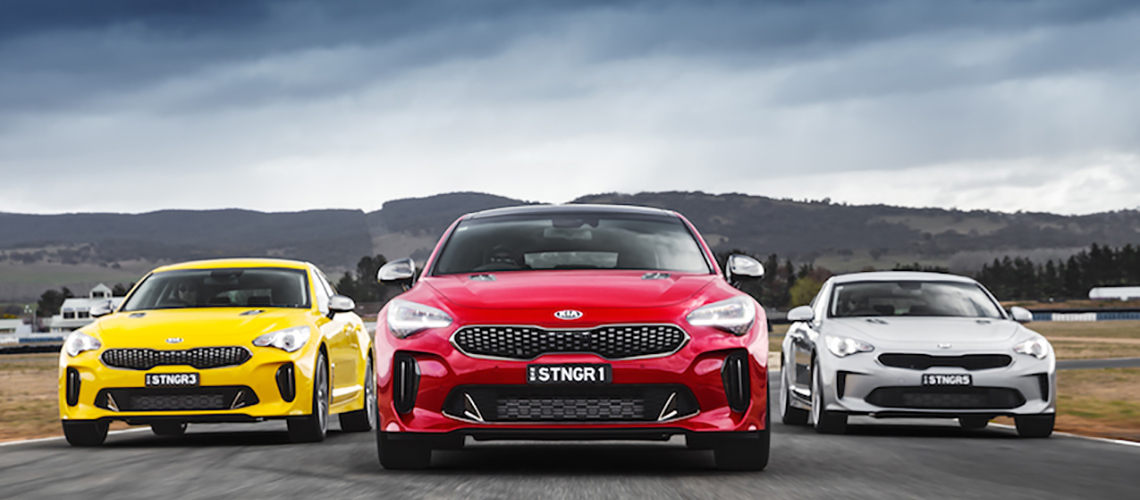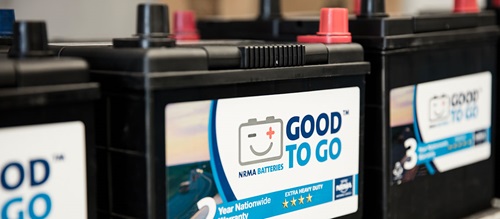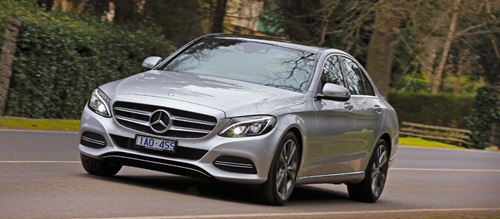What's the price?
Stinger pricing starts at $45,990 for the 200S. The mid-spec 200Si is $52,990 and the GT-Line is $55,990. The twin turbo V6 line-up starts at $48,990 for the 330S, $55,990 for the 330Si and $59,990 for the range-topping GT.
The standard features list is extensive. The base 200S gets a faux leather eight-way adjustable driver’s seat (six-way for the passenger), a seven-inch touchscreen display with sat nav, Apple CarPlay and Android Auto, Bluetooth, and a rear-view camera. V6 Si grades have larger 19-inch alloys, an eight-inch info display, autonomous emergency braking with forward collision alert, advanced cruise control, front parking sensors and rain-sensing wipers. The GT models have Nappa leather and suede roof lining, a larger colour instrument cluster, colour head-up display, dynamic bending lights, 360-degree camera view, high beam assistance and a 15-speaker Harman Kardon audio system.
Much work has been carried out to ensure the Stinger can handle the inconsistencies of our roads. The suspension has been fine-tuned to maximise driver engagement and the 3.3-litre V6 features a variable-ratio electric rack and pinion power steering system. The GT also has adaptive dampers with five modes.
The Stinger is a beautifully sculpted vehicle with lots of curves and detailing, but shows restraint and isn’t garish or fussy. It causes quite a stir when parked outside the NRMA office, with staffers suggesting the design is reminiscent of the Jaguar XF, Audi A5 Sportback or Maserati Quattroporte – all good company.
Inside, a broad centre console divides the interior and creates a cockpit-like environment. Switchgear and controls are positioned ideally for the driver. Seat comfort levels are high and the range of adjustment makes it easy to accommodate different shapes and sizes. Overall, the design is well executed and bespoke, while still feeling faintly Kia-like. Opening the liftback reveals a useful, albeit shallow, luggage area, and split-fold rear seats help increase this when necessary.
On-road, the Stinger has few shortcomings. Mechanical and tyre noise are minimal. In fact, the V6 is so refined that Kia is working on a sports exhaust to liven up the experience. The engine wakes up instantly under throttle and the auto gearbox responds well when overtaking.
The GT’s adaptive dampers offer genuine ride and handling options: for instance, ‘Sport’ showcases the best the Stinger has to offer on twisting roads without being too firm or hard-edged, while ‘Comfort’ and ‘Eco’ settle the dynamics slightly when you want to relax.
Real-world highway fuel consumption for the V6 was 8.8L/100km over a 300km drive loop, while around town it climbed to 11.3L/100km.
Who will buy the Stinger?
Even Kia seems open-minded, predicting some will step up from lower Kia models, while others will come over from European brands or replace their V8 Falcons and Commodores. Whatever the reason, Stinger buyers will get one of best Korean cars produced to date.
Track performance
Road cars often don’t shine at racetracks, especially on tight undulating circuits with short straights. Any handling and braking deficiencies are quickly exposed after a few laps, particularly in a large car, so it was surprising that Kia chose to showcase the Stinger at Wakefield Park near Goulburn.
Fitted with tyres more suited to the aggressive surface and directional changes of the circuit, the Stinger is a bagful of fun and more adept and agile than its size suggests. The suspension tune isn’t screwed down too tightly and there’s an unexpected level of compliance in the chassis setup. While we experience some body movement, it isn’t enough to make the Stinger move around too much on its springs or unsettle its composure through the corners.
Sport mode produces the most dynamic drive and both engines perform strongly, especially the torquey V6, which is fantastic when exiting corners. The standard brakes on the turbo four-cylinder variants hold up well, but, for consistency, the Brembo brakes standard on the V6 are a worthy addition.
Below you can experience the Stinger GT in 360° on the racetrack with Rob Huff, renowned Touring Car Champion (video by Kia Australia).











